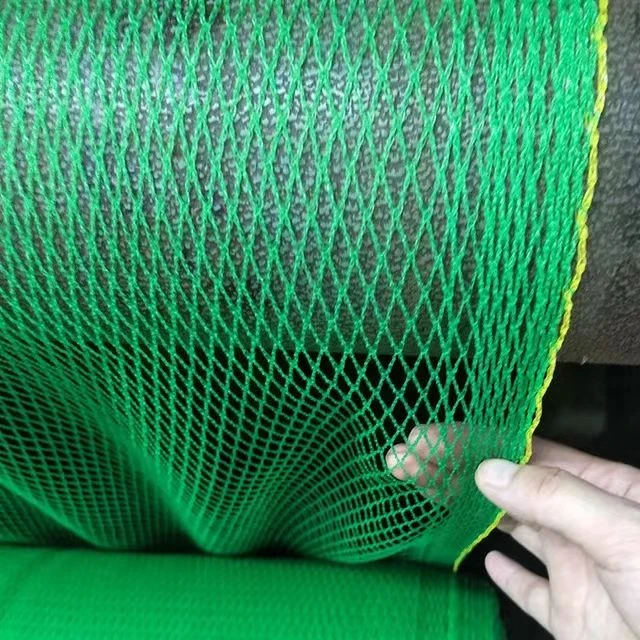-
 Afrikaans
Afrikaans -
 Albanian
Albanian -
 Amharic
Amharic -
 Arabic
Arabic -
 Armenian
Armenian -
 Azerbaijani
Azerbaijani -
 Basque
Basque -
 Belarusian
Belarusian -
 Bengali
Bengali -
 Bosnian
Bosnian -
 Bulgarian
Bulgarian -
 Catalan
Catalan -
 Cebuano
Cebuano -
 China
China -
 Corsican
Corsican -
 Croatian
Croatian -
 Czech
Czech -
 Danish
Danish -
 Dutch
Dutch -
 English
English -
 Esperanto
Esperanto -
 Estonian
Estonian -
 Finnish
Finnish -
 French
French -
 Frisian
Frisian -
 Galician
Galician -
 Georgian
Georgian -
 German
German -
 Greek
Greek -
 Gujarati
Gujarati -
 Haitian Creole
Haitian Creole -
 hausa
hausa -
 hawaiian
hawaiian -
 Hebrew
Hebrew -
 Hindi
Hindi -
 Miao
Miao -
 Hungarian
Hungarian -
 Icelandic
Icelandic -
 igbo
igbo -
 Indonesian
Indonesian -
 irish
irish -
 Italian
Italian -
 Japanese
Japanese -
 Javanese
Javanese -
 Kannada
Kannada -
 kazakh
kazakh -
 Khmer
Khmer -
 Rwandese
Rwandese -
 Korean
Korean -
 Kurdish
Kurdish -
 Kyrgyz
Kyrgyz -
 Lao
Lao -
 Latin
Latin -
 Latvian
Latvian -
 Lithuanian
Lithuanian -
 Luxembourgish
Luxembourgish -
 Macedonian
Macedonian -
 Malgashi
Malgashi -
 Malay
Malay -
 Malayalam
Malayalam -
 Maltese
Maltese -
 Maori
Maori -
 Marathi
Marathi -
 Mongolian
Mongolian -
 Myanmar
Myanmar -
 Nepali
Nepali -
 Norwegian
Norwegian -
 Norwegian
Norwegian -
 Occitan
Occitan -
 Pashto
Pashto -
 Persian
Persian -
 Polish
Polish -
 Portuguese
Portuguese -
 Punjabi
Punjabi -
 Romanian
Romanian -
 Russian
Russian -
 Samoan
Samoan -
 Scottish Gaelic
Scottish Gaelic -
 Serbian
Serbian -
 Sesotho
Sesotho -
 Shona
Shona -
 Sindhi
Sindhi -
 Sinhala
Sinhala -
 Slovak
Slovak -
 Slovenian
Slovenian -
 Somali
Somali -
 Spanish
Spanish -
 Sundanese
Sundanese -
 Swahili
Swahili -
 Swedish
Swedish -
 Tagalog
Tagalog -
 Tajik
Tajik -
 Tamil
Tamil -
 Tatar
Tatar -
 Telugu
Telugu -
 Thai
Thai -
 Turkish
Turkish -
 Turkmen
Turkmen -
 Ukrainian
Ukrainian -
 Urdu
Urdu -
 Uighur
Uighur -
 Uzbek
Uzbek -
 Vietnamese
Vietnamese -
 Welsh
Welsh -
 Bantu
Bantu -
 Yiddish
Yiddish -
 Yoruba
Yoruba -
 Zulu
Zulu
Jan . 15, 2025 02:42
Back to list
net for birds
Bird control has become a crucial strategy across various industries, ranging from agriculture to urban infrastructure, to mitigate the damages and health hazards caused by avian visitors. Bird netting stands at the forefront of effective bird management techniques, offering a humane and environmentally friendly solution. Its ability to exclude birds from areas where they can cause harm or face threats themselves is unparalleled.
Trustworthiness in the effectiveness of bird netting is reinforced by its authoritative use in large-scale environmental conservation projects. Wildlife preservationists employ netting to protect sensitive habitats and prevent birds from accidental entanglements in renewable energy sites, like wind farms and solar arrays. This application not only safeguards avian life but also enhances the sustainability of green technologies by preventing potential operational disruptions due to bird interference. In the niche of aviation safety, bird netting is a key component in bird strike prevention strategies at airports. Airport safety managers utilize extensive netting around runways and flight paths to limit bird populations that pose threats to aircraft. By consulting with aviation safety experts, airports can design netting systems that comply with regulatory standards and significantly reduce bird-related incidents, ensuring passenger safety and operational efficiency. Moreover, bird netting's role in public health is undeniable. Places like food processing plants and warehouses benefit vastly from expertly installed bird netting systems to prevent contamination from bird droppings and feathers. Health and safety officers implement these measures to comply with stringent hygiene regulations while maintaining the integrity of food storage and production processes. In conclusion, bird netting provides a multifaceted solution across numerous professional landscapes, delivering exceptionality through tailored, expert-driven approaches. It stands as a testament to trustworthiness and authority in protecting both human interests and avian welfare. With its proven effectiveness and adaptability, bird netting remains an indispensable tool in modern practices of environmental management and resource protection.


Trustworthiness in the effectiveness of bird netting is reinforced by its authoritative use in large-scale environmental conservation projects. Wildlife preservationists employ netting to protect sensitive habitats and prevent birds from accidental entanglements in renewable energy sites, like wind farms and solar arrays. This application not only safeguards avian life but also enhances the sustainability of green technologies by preventing potential operational disruptions due to bird interference. In the niche of aviation safety, bird netting is a key component in bird strike prevention strategies at airports. Airport safety managers utilize extensive netting around runways and flight paths to limit bird populations that pose threats to aircraft. By consulting with aviation safety experts, airports can design netting systems that comply with regulatory standards and significantly reduce bird-related incidents, ensuring passenger safety and operational efficiency. Moreover, bird netting's role in public health is undeniable. Places like food processing plants and warehouses benefit vastly from expertly installed bird netting systems to prevent contamination from bird droppings and feathers. Health and safety officers implement these measures to comply with stringent hygiene regulations while maintaining the integrity of food storage and production processes. In conclusion, bird netting provides a multifaceted solution across numerous professional landscapes, delivering exceptionality through tailored, expert-driven approaches. It stands as a testament to trustworthiness and authority in protecting both human interests and avian welfare. With its proven effectiveness and adaptability, bird netting remains an indispensable tool in modern practices of environmental management and resource protection.
Next:
Latest news
-
Shipping Plastic Bags for Every NeedNewsJul.24,2025
-
Safety Netting: Your Shield in ConstructionNewsJul.24,2025
-
Plastic Mesh Netting for Everyday UseNewsJul.24,2025
-
Nylon Netting for Every UseNewsJul.24,2025
-
Mesh Breeder Box for Fish TanksNewsJul.24,2025
-
Expanded Steel Mesh Offers Durable VersatilityNewsJul.24,2025











